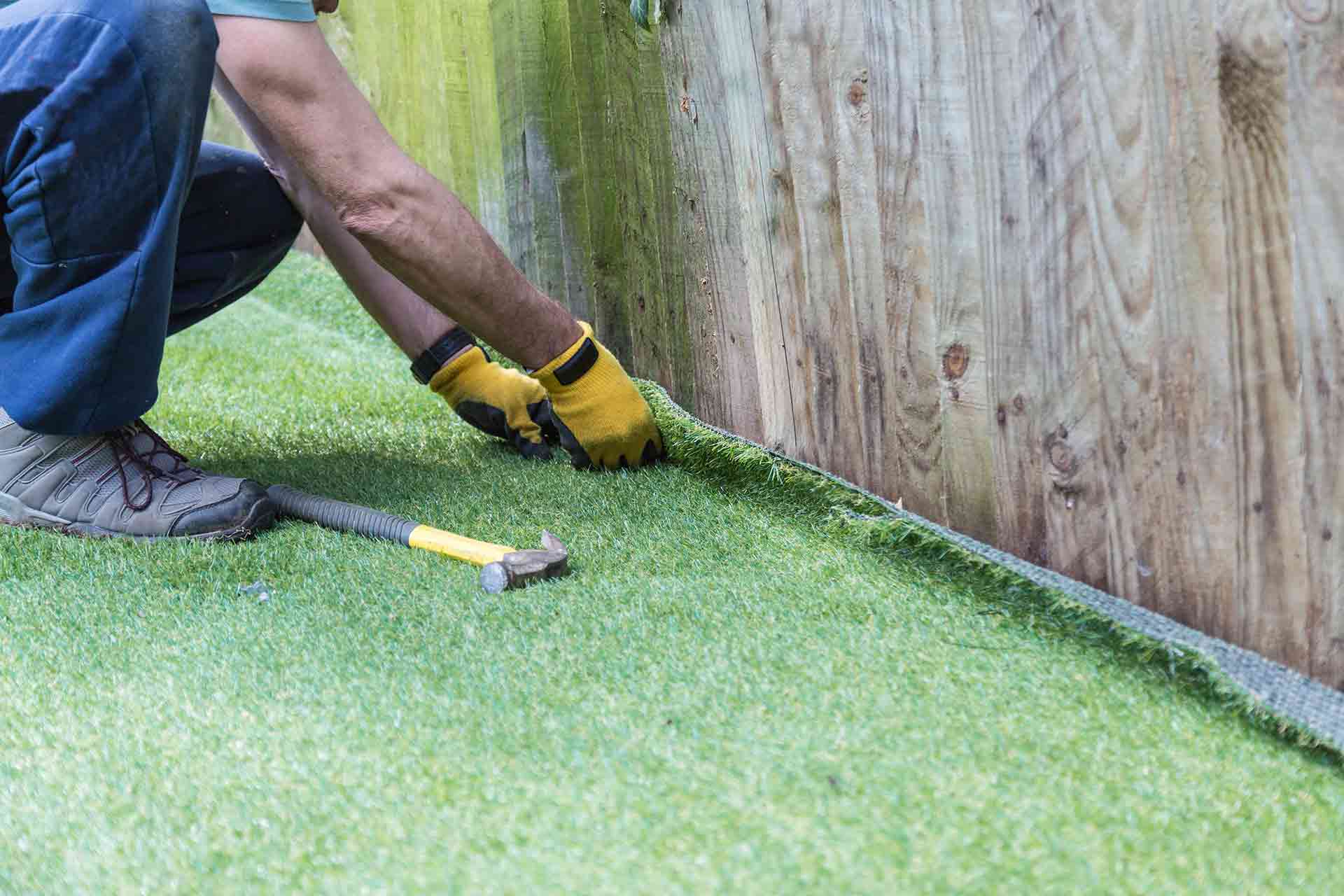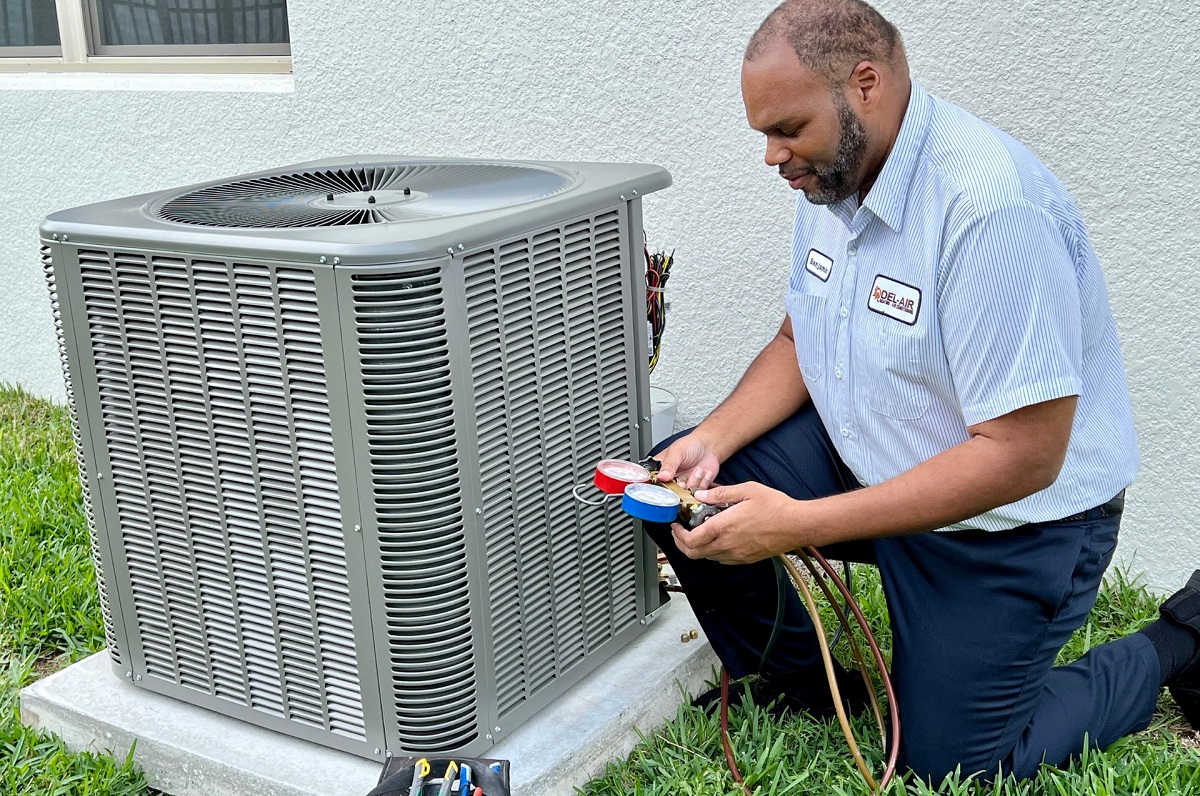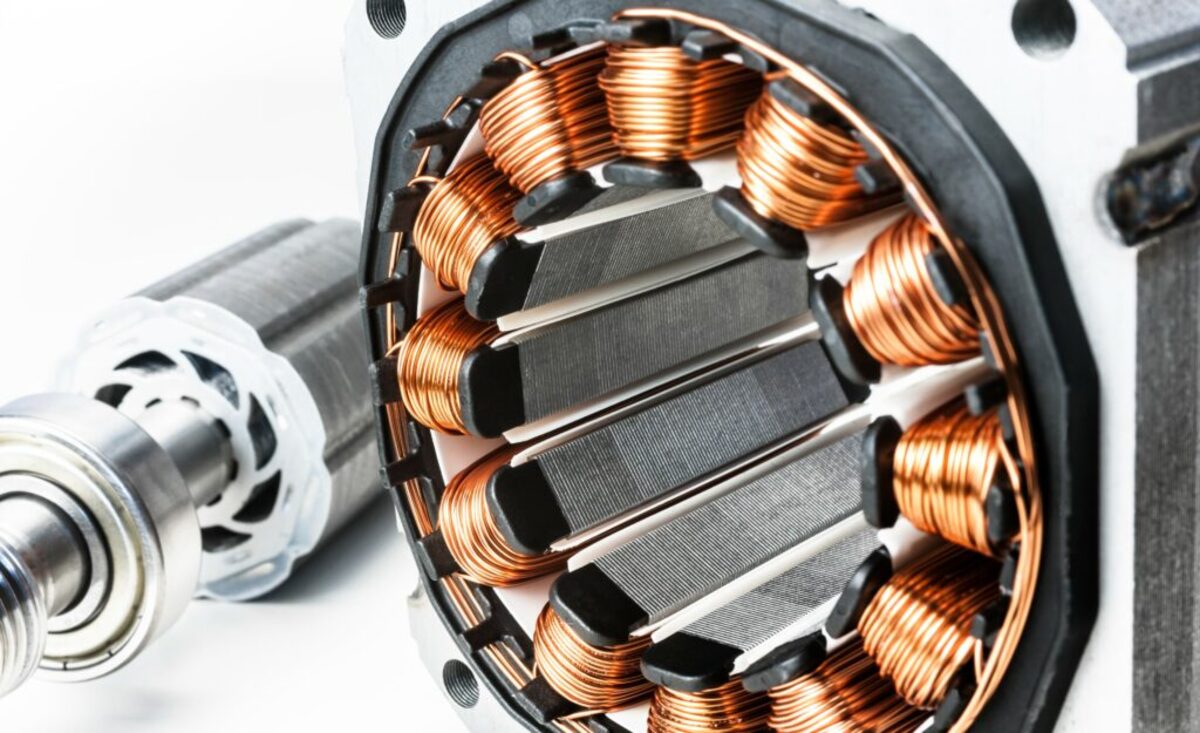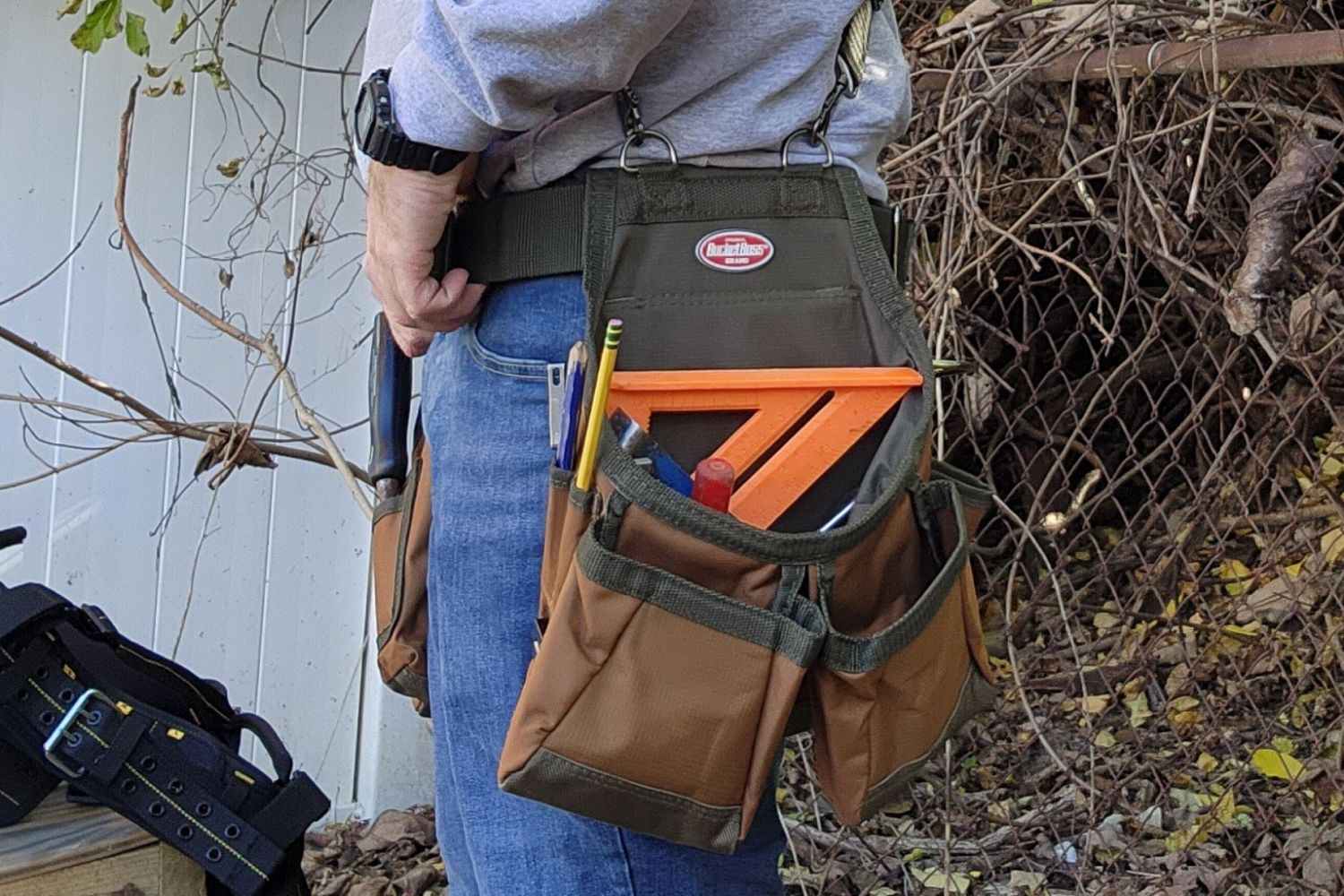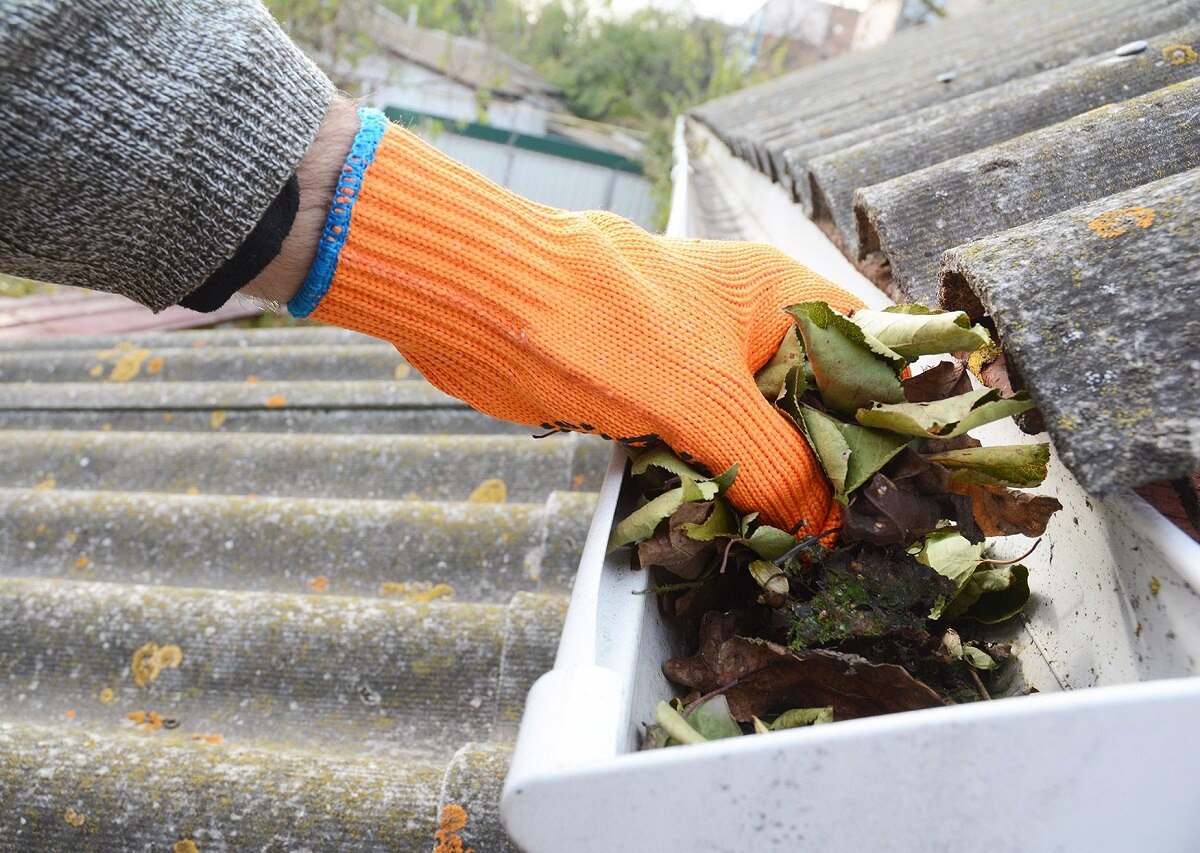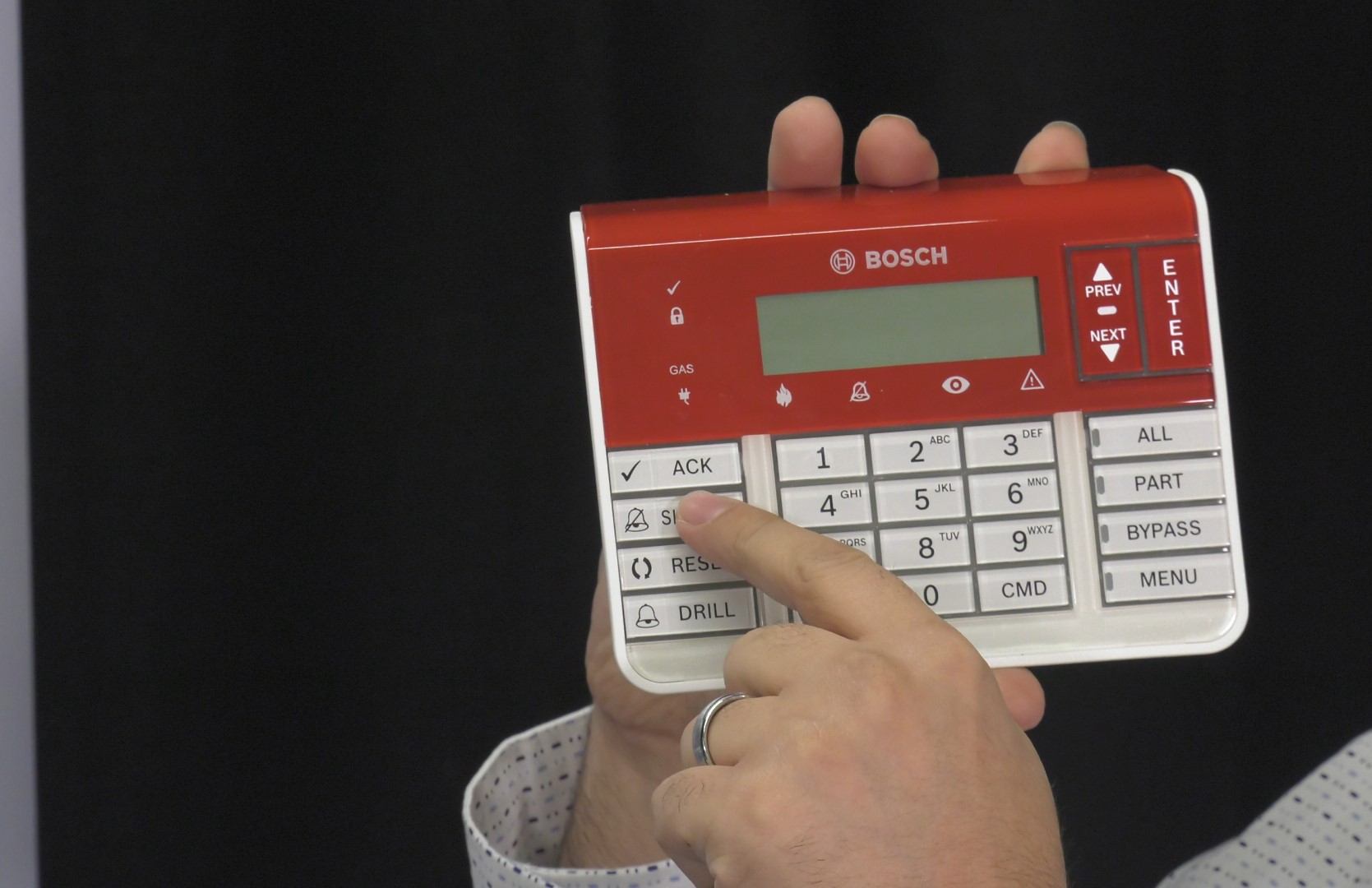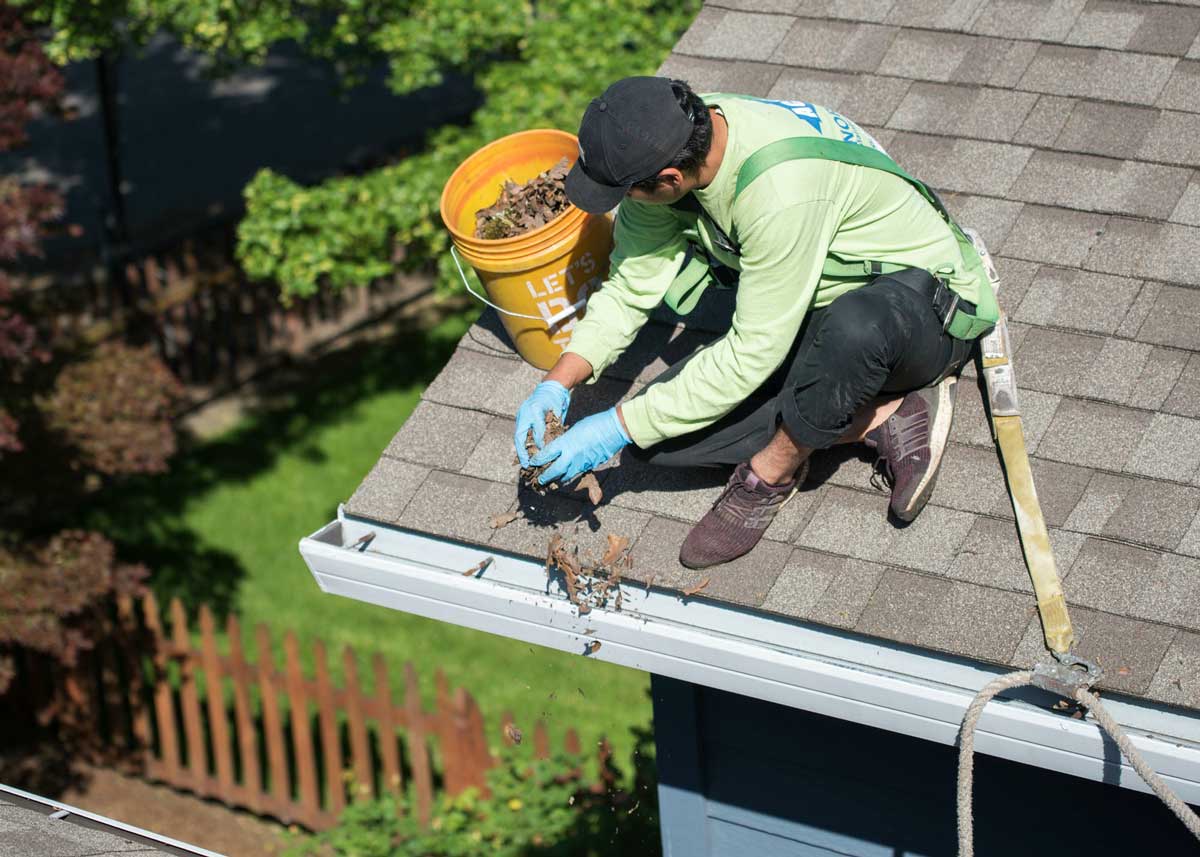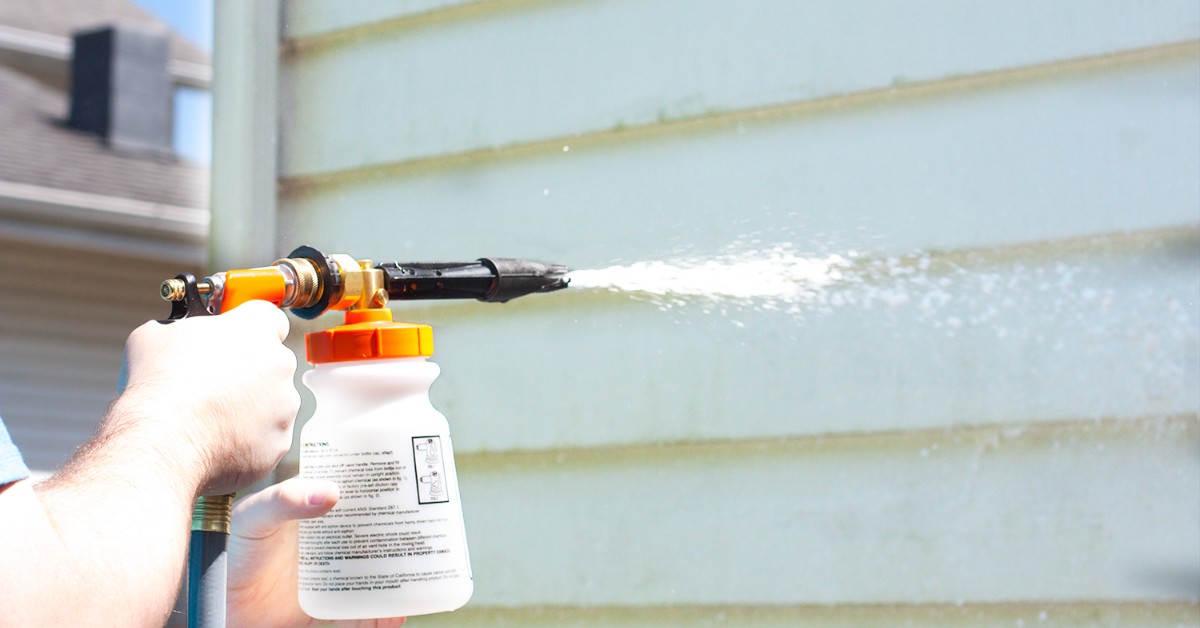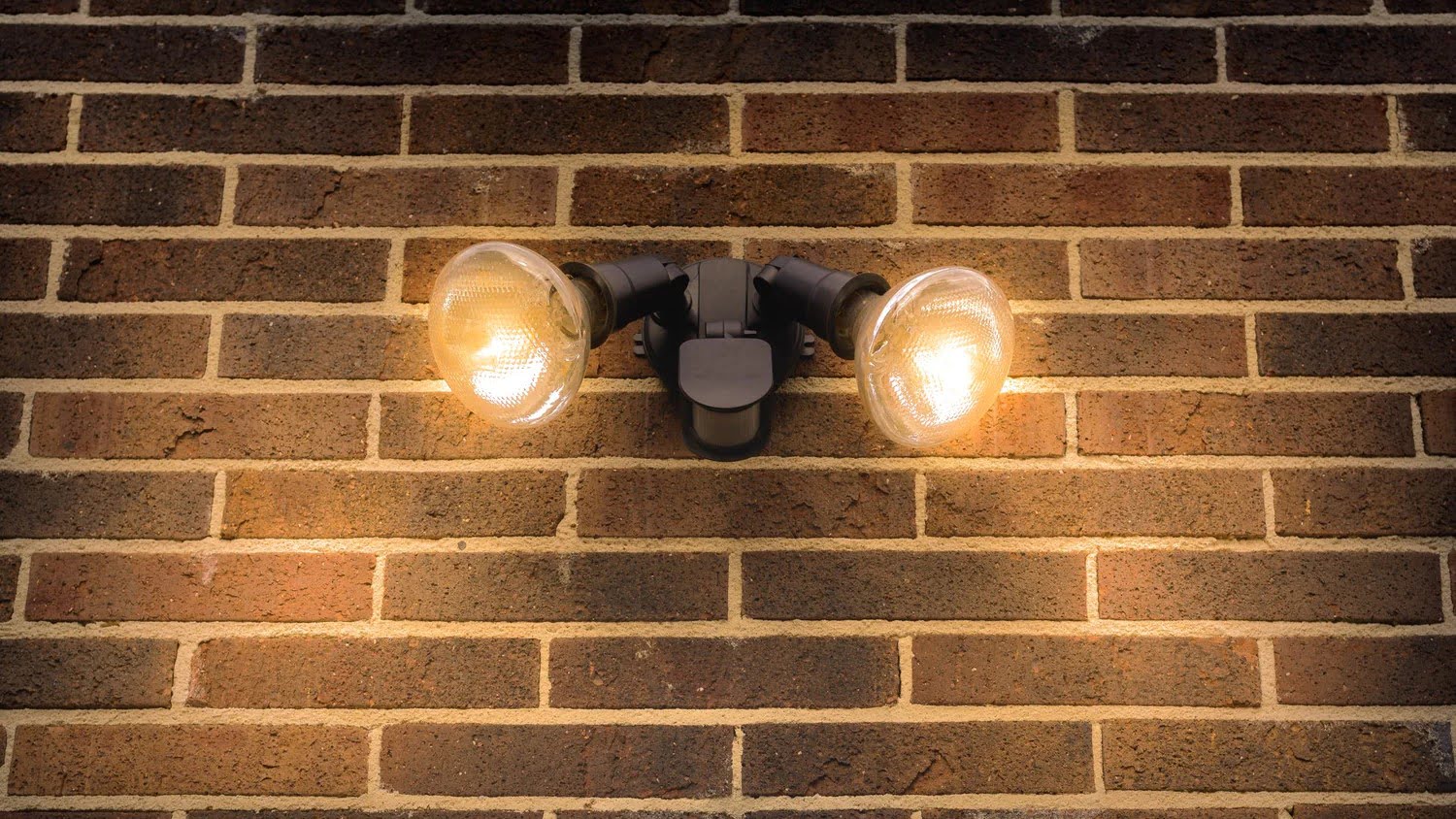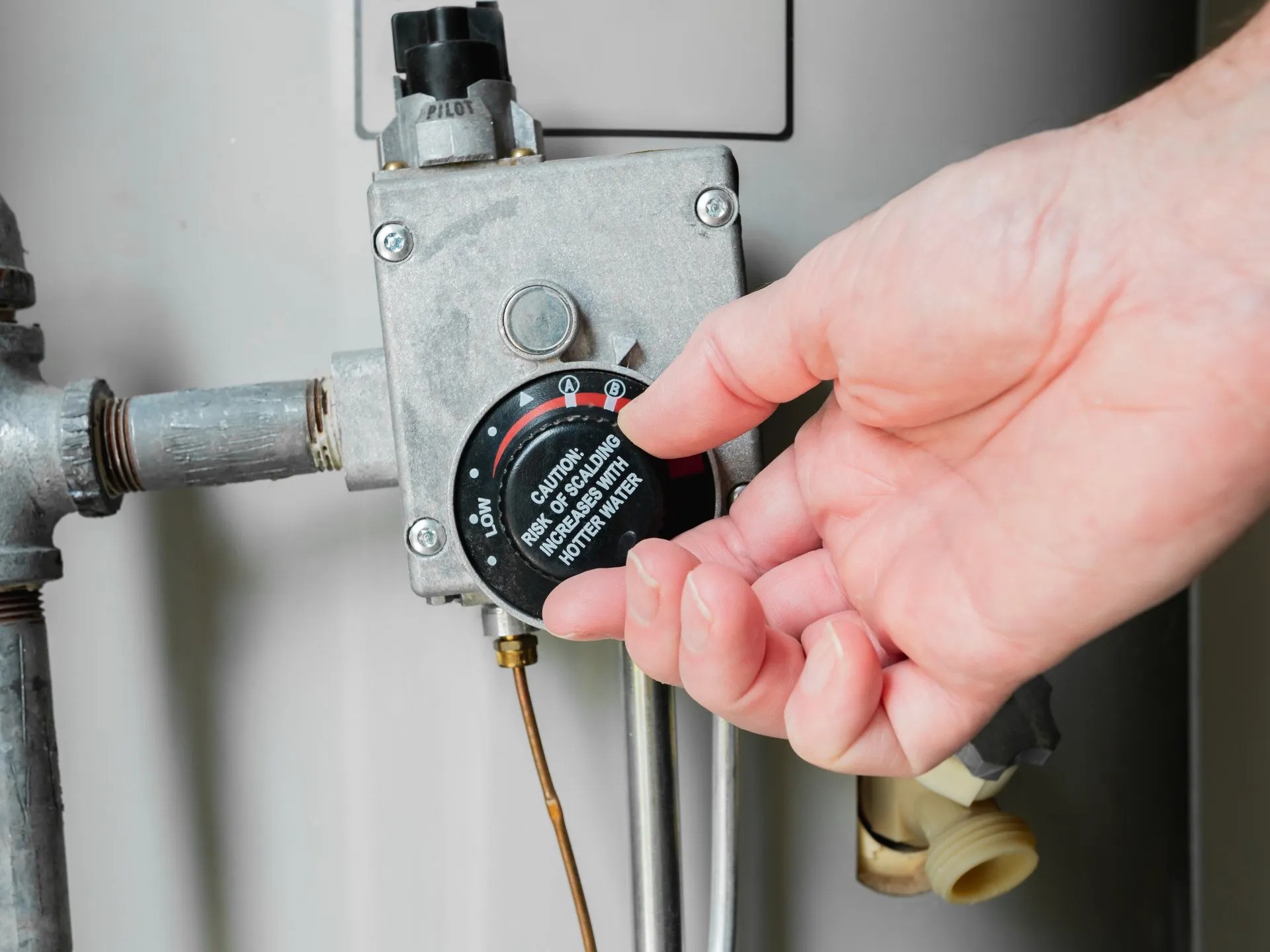Home>Home Maintenance>How To Keep Home Maintenance Costs Down
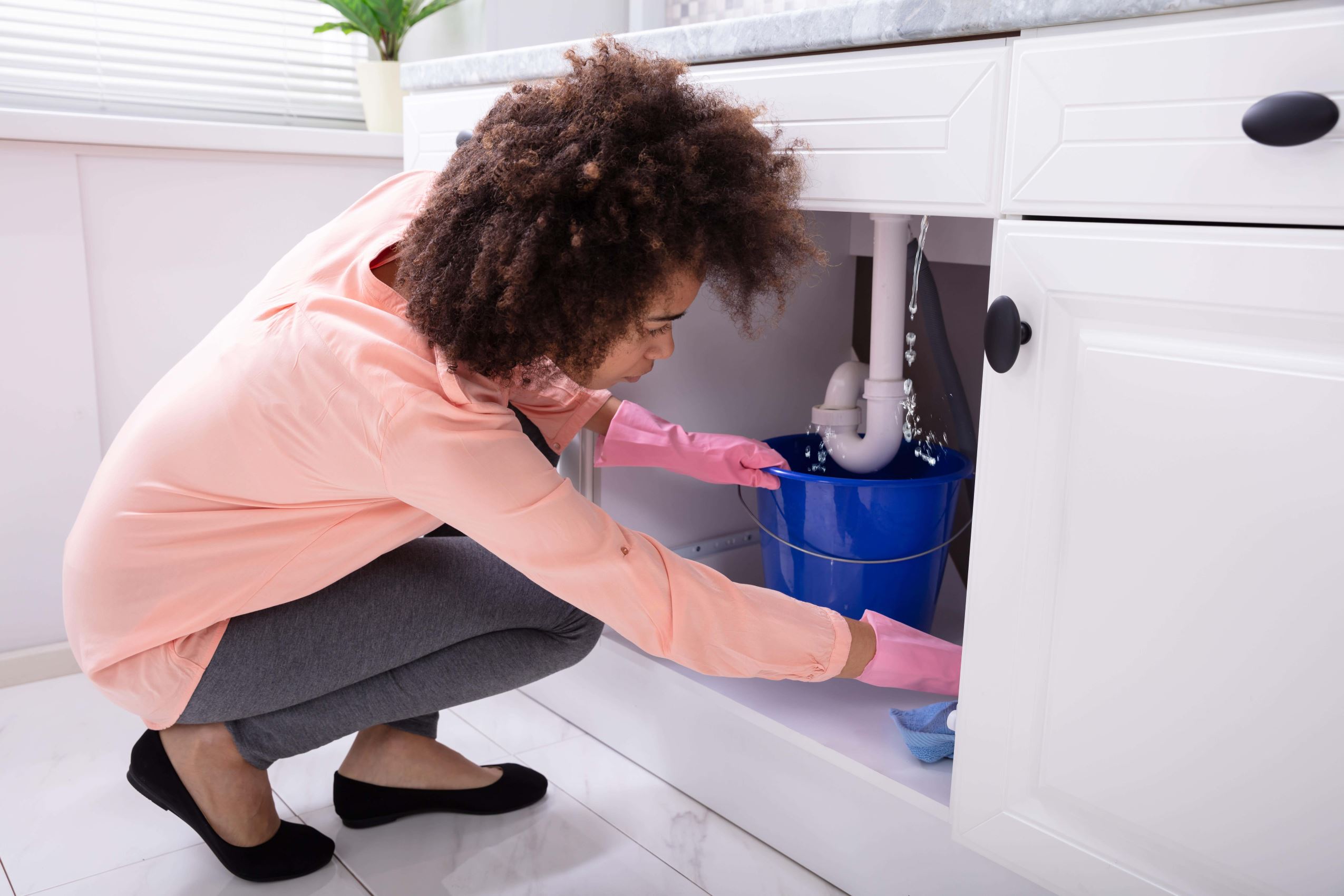

Home Maintenance
How To Keep Home Maintenance Costs Down
Modified: March 6, 2024
Discover effective strategies to keep your home maintenance costs down. Learn valuable tips and tricks for budget-friendly home maintenance with our comprehensive guide. Save money while taking care of your home!
(Many of the links in this article redirect to a specific reviewed product. Your purchase of these products through affiliate links helps to generate commission for Storables.com, at no extra cost. Learn more)
Introduction:
Keeping up with home maintenance can be a daunting task, both in terms of time and money. However, neglecting regular upkeep can lead to more significant problems and higher costs down the line. The good news is that there are ways to keep home maintenance costs down without compromising the quality and safety of your living space.
In this article, we will explore various strategies to help you maintain your home efficiently and cost-effectively. By following these tips, you can create a harmonious living environment that not only saves you money but also enhances the longevity and value of your property.
So, let’s dive into the details and discover how you can take control of your home maintenance costs.
Key Takeaways:
- Regular cleaning and DIY repairs can save money by preventing major home issues. Energy-efficient upgrades and preventative measures also reduce long-term maintenance costs.
- Comparison shopping for contractors and budgeting ahead help manage home maintenance expenses effectively without compromising quality.
Read more: How To Keep Construction Costs Down
Regular Cleaning and Maintenance:
One of the most effective ways to keep home maintenance costs down is by regularly cleaning and maintaining your living space. By preventing small issues from turning into major problems, you can save yourself a lot of time and money in the long run.
Here are a few key areas to focus on:
- Gutters and Downspouts: Regularly clean and inspect your gutters and downspouts to remove debris, leaves, and other blockages. Clogged gutters can cause water backup, leading to roof damage and costly repairs.
- Air Filters: Replace or clean air filters in your HVAC system on a regular basis. Clogged filters lead to reduced efficiency, poor indoor air quality, and potential damage to the system.
- Appliances: Clean and maintain your appliances according to the manufacturer’s instructions. This includes regularly cleaning the refrigerator coils, removing lint from dryer vents, and descaling faucets and showerheads. Proper maintenance can extend their lifespan, saving you from premature replacements.
- Plumbing: Check for leaks in pipes, faucets, and toilets. Addressing leaks promptly can prevent water damage and the growth of mold and mildew.
- Windows and Doors: Inspect windows and doors for any cracks, gaps, or damaged seals. Properly sealed openings can help keep your energy bills down and prevent moisture issues.
By incorporating regular cleaning and maintenance into your routine, you can catch and address minor issues before they escalate into major health and safety hazards for your home. Additionally, this proactive approach can save you from costly emergency repairs and replacements.
DIY Repairs and Upgrades:
When it comes to home maintenance, tackling certain repairs and upgrades on your own can be a cost-effective solution. With the right tools and resources, you can save money on labor costs and gain a sense of satisfaction from completing projects yourself.
Here are a few ideas for DIY repairs and upgrades:
- Painting: Refresh your walls with a new coat of paint. Painting is a relatively simple and affordable DIY project that can give your home a fresh and updated look.
- Fixing Minor Plumbing Issues: You can often fix minor plumbing issues such as a clogged sink, a leaky faucet, or a running toilet on your own by following online tutorials or consulting DIY guides.
- Replacing Light Fixtures: Upgrade outdated light fixtures with newer, more energy-efficient models. Proper lighting can enhance the ambiance of your home and reduce energy consumption.
- Installing Weather Stripping: Seal air leaks around windows and doors by installing weather stripping. This simple DIY project can improve energy efficiency and lower your heating and cooling costs.
- Landscaping and Gardening: Maintain your outdoor living space by gardening, mowing the lawn, and trimming hedges. Taking care of your landscaping can prevent the need for expensive professional services.
However, it’s important to recognize your skill level and the complexity of the task at hand. Some repairs and upgrades may require specialized knowledge or tools, and attempting them without expertise could potentially lead to further damage or injuries. If you are unsure about your abilities, it may be best to consult a professional.
Remember, DIY repairs and upgrades are not only cost-effective but can also be a fun and rewarding way to personalize your home. Just make sure to do your research, gather the necessary tools, and proceed with caution.
Energy Efficiency Improvements:
In addition to regular maintenance and DIY repairs, focusing on energy efficiency improvements can significantly reduce your home maintenance costs over time. By making your home more energy-efficient, you can lower your utility bills while also contributing to a greener and more sustainable environment.
Here are some energy efficiency improvements worth considering:
- Insulation: Proper insulation can help regulate indoor temperature, reducing the need for heating and cooling. Adding insulation to your walls, attic, and crawl spaces can improve energy efficiency and save money on utility bills.
- Weatherstripping and Sealing: Caulking gaps and sealing air leaks around windows, doors, and other openings can prevent drafts, allowing your HVAC system to operate more efficiently.
- Energy-Efficient Appliances: When replacing old appliances, opt for energy-efficient models with the ENERGY STAR label. These appliances not only use less energy but also function more effectively, saving you money in the long run.
- Programmable Thermostat: Install a programmable thermostat to automatically adjust temperature settings based on your schedule. This can lead to significant energy savings by optimizing heating and cooling usage.
- LED Lighting: Replace traditional incandescent bulbs with energy-efficient LED lights. LED bulbs last longer and consume less electricity, reducing both your energy consumption and lighting costs.
- Solar Panels: Consider installing solar panels to harness renewable energy from the sun. While the initial investment may be higher, solar panels can substantially reduce your reliance on traditional energy sources and potentially earn you tax incentives or energy credits.
These energy efficiency improvements not only save you money but also contribute to a more comfortable and sustainable living environment. It’s important to evaluate the potential savings and costs associated with each improvement and prioritize based on your specific circumstances and budget.
Remember, incremental upgrades over time can still make a significant impact on your home’s energy efficiency. So, start small and gradually implement more improvements as your budget allows.
Preventative Measures:
Prevention is always better than cure, and the same applies to home maintenance. Taking proactive measures to prevent problems before they occur can save you the hassle and expense of dealing with major repairs down the line.
Here are some preventive measures to consider:
- Regular Inspections: Conduct regular inspections of your home to identify potential issues early on. Look for signs of water damage, rot, cracks in the foundation, or any other structural problems that may require attention.
- Pest Control: Implement effective pest control measures to prevent infestations. Regularly inspect and seal cracks or openings in your home’s exterior, keep your living space clean and tidy, and consider professional pest control services for added protection.
- Proper Ventilation: Ensure proper ventilation in spaces prone to excess moisture, such as bathrooms, kitchens, and basements. Good ventilation helps prevent mold and mildew growth and prolongs the life of materials in your home.
- Tree and Shrub Maintenance: Regularly trim trees and shrubs near your home to prevent potential damage from falling branches during storms. Additionally, ensure that tree roots are not compromising your foundation or underground utilities.
- Fire Safety Measures: Install smoke detectors on every floor of your home and regularly test and replace the batteries. Consider investing in a fire extinguisher and develop a fire escape plan for your family.
By taking preventative measures, you can avoid costly repairs and maintain a safer living environment. It is important to prioritize these measures based on your specific circumstances and the potential risks associated with your home.
It’s worth noting that some preventative measures may be best left to professionals, especially if they require specialized equipment or expertise. Don’t hesitate to consult with experts in the respective fields to ensure that you are implementing the most effective prevention strategies for your home.
Regularly inspect and maintain your home’s systems and appliances to catch small issues before they become costly repairs. This includes checking for leaks, changing air filters, and cleaning gutters.
Read more: How Do You Keep Insulation From Falling Down
Insurance and Warranty Coverage:
Having proper insurance and warranty coverage is a crucial aspect of home maintenance. It provides financial protection and peace of mind, ensuring that unexpected events and repairs won’t break the bank.
Here are a few key points to consider:
- Homeowner’s Insurance: Invest in a comprehensive homeowner’s insurance policy that covers a wide range of potential hazards, including natural disasters, theft, and liability. Review your policy regularly and make sure it adequately reflects the value of your property and belongings.
- Extended Warranty: Consider purchasing extended warranties for major appliances, HVAC systems, and other expensive equipment. These warranties can save you from costly repairs or replacements if covered components fail within the warranty period.
- Product Recalls: Stay informed about recalls on home appliances, electronic devices, or any other items you own. Register your products with the manufacturers to receive timely recall notifications and take necessary action to mitigate potential risks.
- Flood Insurance: If you live in a flood-prone area, it is worth considering flood insurance. Standard homeowner’s insurance typically doesn’t cover flood-related damages, and having flood insurance can provide essential coverage in case of water damage caused by floods or heavy rains.
- Home Warranty: Explore the option of a home warranty, which offers coverage for specific home systems and appliances. A home warranty can provide peace of mind by covering repair or replacement costs for unforeseen breakdowns.
Having appropriate insurance and warranty coverage safeguards your finances and helps you navigate unexpected repairs or replacements. Review the terms and coverage of your policies carefully to understand what is included and excluded, and be proactive in filing claims when necessary.
Remember, insurance and warranty coverage are not a substitute for regular home maintenance. It is still important to take preventive measures and perform regular upkeep to minimize the likelihood of claims and maintain the overall value of your home.
Comparison Shopping for Contractors and Services:
When it comes to home maintenance tasks that require professional expertise, it’s essential to compare different contractors and service providers to ensure you’re getting the best quality service at a reasonable price. By taking the time to research and compare options, you can save money and avoid potential issues in the future.
Here are some tips for effective comparison shopping:
- Request Multiple Quotes: Reach out to several contractors or service providers for the specific job you need assistance with. Ask for detailed quotes that outline the scope of work, materials, labor costs, and any additional charges.
- Check References and Reviews: Ask the contractors for references and reach out to past clients to get feedback on their experiences. Additionally, read reviews and testimonials online to gauge the reputation and reliability of the providers.
- Verify Licenses and Insurance: Ensure that the contractors you are considering are properly licensed and insured. This protects you from any liability in case of accidents or damages that may occur during the project.
- Compare Experience and Expertise: Evaluate the experience and expertise of the contractors in the specific field you require assistance with. A contractor with a proven track record in the type of work you need is likely to deliver better results.
- Avoid Unusually Low Bids: Be cautious of contractors or service providers who offer significantly lower bids than others. While it may seem tempting to go with the cheapest option, it often indicates lower quality work or hidden costs that might arise later.
- Ask About Guarantees and Warranties: Inquire about any guarantees or warranties provided by the contractors or service providers. A warranty ensures that the work will be covered if any issues arise within a specified timeframe.
By comparing contractors and service providers, you can make an informed decision based on factors such as price, reputation, and quality of service. Remember, it’s not just about finding the cheapest option, but rather balancing affordability with expertise and reliability.
Take your time to research and gather multiple quotes before making a final decision. This will help you choose a contractor or service provider who meets your specific requirements and offers the best value for your money.
Budgeting and Planning Ahead:
One of the most effective ways to keep home maintenance costs down is by budgeting and planning ahead. By having a clear understanding of your financial situation and creating a maintenance plan, you can tackle expenses more strategically and avoid unexpected financial burdens.
Here are some budgeting and planning tips to help you manage home maintenance costs:
- Create a Maintenance Fund: Set aside a portion of your monthly budget specifically for home maintenance expenses. By regularly contributing to this fund, you’ll have money available when unexpected repairs or replacements arise.
- Prioritize Essential Projects: Identify and prioritize essential maintenance projects based on their urgency and potential impact on your home’s safety and value. Focus on projects that are necessary and address any immediate concerns.
- Research and Compare Prices: Take time to research and compare prices for materials, supplies, and services. Look for deals, discounts, and sales, and consider buying in bulk to save money on frequently used items.
- Get Multiple Quotes: Getting multiple quotes from contractors and service providers, as mentioned earlier, allows you to compare costs and choose the most affordable option without compromising on quality.
- Plan for Seasonal Maintenance: Anticipate and plan for seasonal maintenance tasks and repairs. For example, schedule gutter cleaning in the fall and air conditioner maintenance in the spring to address issues before they escalate.
- Investigate Financing Options: If a major repair or renovation is necessary, explore financing options and determine the best method to fund the project. This may include personal loans, home equity lines of credit, or financing programs offered by contractors or manufacturers.
- Keep Records and Track Expenses: Maintain a record of all home maintenance expenses and keep track of your spending. This will help you identify trends, adjust your budget if needed, and make more informed decisions in the future.
By budgeting and planning ahead, you can take a proactive approach to home maintenance and ensure that you’re prepared for any costs that may arise. Remember to regularly review and adjust your budget based on your changing needs and circumstances.
It’s important to strike a balance between saving money and maintaining the quality and safety of your home. Consider consulting with professionals or financial advisors to help you develop a solid budgeting and planning strategy tailored to your specific situation.
Conclusion:
Keeping home maintenance costs down is not only about saving money, but also about ensuring the longevity and value of your property. By employing a combination of proactive measures and strategic decision-making, you can effectively manage your home maintenance expenses without compromising on quality.
In this article, we explored various strategies to help you keep home maintenance costs down:
- Regular cleaning and maintenance to prevent small issues from becoming major problems.
- DIY repairs and upgrades to save on labor costs and personalize your living space.
- Energy efficiency improvements to reduce utility bills and create a more sustainable home.
- Preventative measures and proper insurance coverage to avoid costly repairs and protect against unforeseen events.
- Comparison shopping for contractors and services to get the best quality and price.
- Budgeting and planning ahead to strategically manage expenses and maintain a healthy financial outlook.
Remember, the key is to strike a balance between undertaking maintenance tasks yourself and knowing when to consult professionals. While DIY repairs and upgrades can save you money, it’s important to recognize your own limitations and seek professional assistance when needed.
Ultimately, investing time and effort into regular maintenance, preventative measures, and thoughtful budgeting can lead to significant savings in the long run. By taking a proactive approach, you can create a safe, comfortable, and cost-effective living environment for you and your family.
So, start implementing these strategies today and enjoy the benefits of a well-maintained home that doesn’t break the bank!
Frequently Asked Questions about How To Keep Home Maintenance Costs Down
Was this page helpful?
At Storables.com, we guarantee accurate and reliable information. Our content, validated by Expert Board Contributors, is crafted following stringent Editorial Policies. We're committed to providing you with well-researched, expert-backed insights for all your informational needs.

